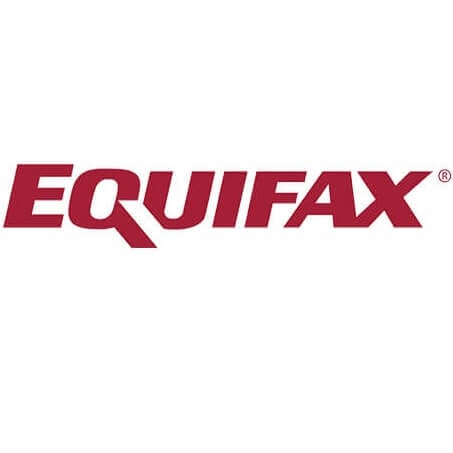Interac e-Transfer is generally a safe way to send money in Canada. “For every $100 spent across the Interac ecosystem, approximately $0.03 was lost to fraud in 2023,” according to Interac.
Regardless, fraud happens. E-Transfer fraudsters generally use text or email channels to exploit victims. Some examples of fraud in Canada include:

Tax refund or government relief scams
A fraudulent “deposit” of an income tax refund or government financial support is sent to access banking information.
Lottery scams
The fraudster requests the provision of sensitive information or a prepayment of an administration fee.
Rental scams
Someone pretends to be collecting rent on behalf of your landlord or offers a nice apartment for rent at a low price and requests a deposit to secure it.
Fraudulent sales
Typically through an online marketplace, someone may request prepayment for a hard-to-find or rare item and then never send it to the buyer.
Relationship scams
Someone impersonates a family member, coworker or romantic interest and asks for money for an emergency.
Work from home ads
An applicant is asked to prepay for supplies, training or some other work-related expense for a fake job.
Hacking an email account
Scammers find emails containing security questions and answers, and then intercept Interac e-Transfers and deposit the funds to their own accounts.
If the fraudsters were able to send transfers directly from your account, William, it sounds like they were able to hack into your online banking. This may have been from a phishing text, email or website that tricked you into entering your bank login details and allowed the fraudsters to access your account afterwards.
sponsored
Equifax Complete Protection
Go to site
Equifax Complete Protection is a credit and cybersecurity protection service designed to help Canadians spot the signs of identity fraud faster.
Provides daily credit monitoring and alerts
Scans for your personal data on the dark web
Social media monitoring by industry leader ZeroFox
Subscription price: $34.95 per month
Go to site
How do you report bank account fraud?
According to the Canadian Anti-Fraud Centre (CAFC)the first things to do when you are a victim of fraud are:
Contact your financial institutions
Put flags on all of your accounts, even at other financial institutions. You should change your passwords.
Contact the police
Report the incident to the police and update them on any further developments.
Report the incident
Contact Canada’s two credit bureaus: TransUnion and Equifax. You can consider credit monitoring that reports suspicious credit activity to you. You should also contact the CAFC by phone at 1-888-495-8501 or using its online fraud reporting system.
What do banks consider unauthorized transactions?
It sounds like you have done all the right things so far, William. As far as the bank’s responsibility, each financial institution may have different definitions of what constitutes an unauthorized transaction. You have to check your debit card or credit card agreements to see the terms, which could include restrictions on how long after the transaction occurred that the financial institution will take responsibility. That may be where you are running into trouble.
According to the Financial Consumer Agency of Canada (FCAC)you may be responsible for losses in cases when you:
Use your date of birth or telephone number as your PIN.
Shared your card’s PIN with someone, including a family member.
Keep a written record of the PIN “in proximity to” the card, including writing your PIN on the back of the card.
Did not report your card as being lost or stolen in the amount of time specified in your card agreement.
Refuse to cooperate in an investigation of unauthorized use.
Made fraudulent deposits with your card.
Did not take the necessary steps to protect your pin.
If you haven’t had luck dealing with your bank directly, William, you can contact the Ombudsman for Banking Services and Investments at 1-888-451-4519 or (email protected).
You could speak with a bank fraud litigation lawyer to see if they can help. An initial consult might confirm whether you have a case or if there are further steps you can take.






GIPHY App Key not set. Please check settings